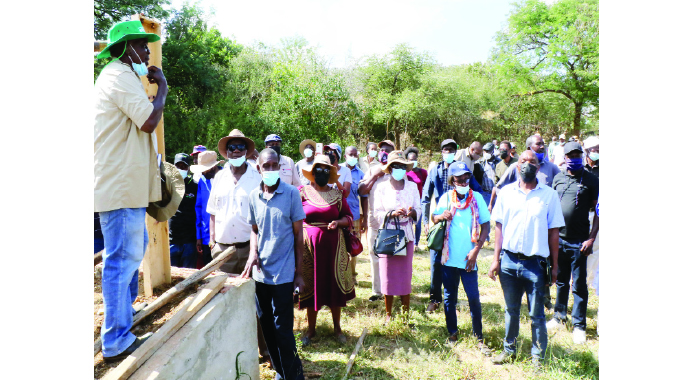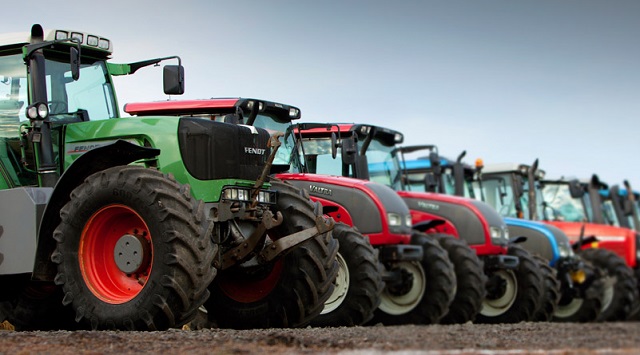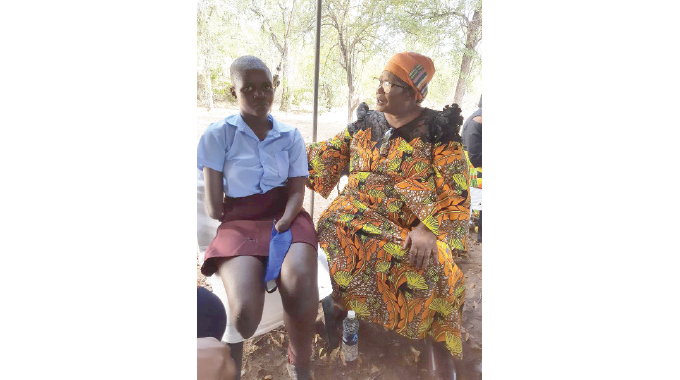Ex-primary school teacher basks in cattle breeding, crop farming success

Nqobile Tshili, Chronicle Reporter
WHEN Government embarked on the land reform programme in the early 2000s, Mr Knox Moyo (67) seized the opportunity by venturing into a lucrative farming business after opting to quit his job as a primary school teacher.
Mr Moyo, a stud breeder and commercial crop farmer at Rouxdale B Farm in Ward 14 Bubi District in Matabeleland North, started his venture with only eight head of cattle and today he is a successful livestock farmer with a thriving herd of 150 head of cattle. With a beaming smile, the proud farmer said he has no regrets leaving the classroom to undertake farming.

“By profession, I’m a teacher so following the land reform programme in the early 2000s, I left my job and ventured into farming.
Ever since I left teaching in 2002, I don’t regret leaving my job because the salary I’m getting through farming is actually threefold what I was getting as a teacher,” he said.
“Farming requires dedication and I started with eight cattle and without necessarily selecting a breed, I would buy whatever was available in the market.
Today, I have 150 of them, which are of a better breed”.
His herd includes top quality breeds and he supplies butcheries with quality meat.
Mr Moyo has managed to grow his herd through managing his livestock mating season.
“I concentrate on heifers and this is what I give more attention to.
Between February and March, I release the bull into them for mating purposes and I do that to ensure that my calves are born during the rainy season,” he said.
“I deliberately exclude bulls from the heifers during the other time of the season so that they won’t randomly have calves.

Heifers
If they randomly give birth, it forces you to feed them, which is an extra cost but during the rainy season there are improved pastures..
If you feed your cows immediately after they give birth, you will discover that in six weeks-time they will be ready for mating.
That is why we hear of statements such as ‘my cow gives birth to two calves a year’ there is no secret to that except that it needs to be well fed,” said Mr Moyo.
“Even the calves should be allowed to enjoy the milk so that they grow fast and be weaned off when they are five months old.”
Mr Moyo bemoaned lack of seriousness among small holder farmers who do not want to invest in their livestock resulting in their animals succumbing to curable diseases.
“Livestock farmers should know that farming is a business and a source of livelihood.
You can sell just one or two chickens just to buy dip and there are areas where the Government should chip in.
We need implements, we need tractors, mowers and balers just to get your feed,” he said.

Tractors
“We wish the Government could chip in so that we get tractors and balers, but failing to get a dip shows lack of seriousness as far as livestock farming is concerned.
You can’t lose US$500 because you don’t want to part ways with just US$10.”
Mr Moyo said pastures remain a challenge for farmers and urged livestock farmers to adopt new rearing measures.
“The major challenge that we face as livestock farmers is feed and cattle need to be supplemented, pastures are getting smaller and smaller as the herd increases. I have taken steps to even grow my feed,” he said.
“So, when we were allocated this land, we had to form a farmers committee where we conducted patrols to an extent that we approached Queens Park Police Station requesting for a police base.
There is now a police base in Nkenyani.”
Livestock farming is strategic towards ensuring the country attains an upper middle-income by 2030.
The cattle herd is set to rise to six million by 2025 from the present 5,4 million following the launch of the Livestock Growth Plan (2020-2025) by President Mnangagwa last year.
The Livestock Growth Plan is expected to give sustainable solutions to challenges faced by farmers and ranchers through support from Government, the private sector and development partners.
The plan was crafted after it was realised that the growth of livestock farming was stagnant, characterised by low production and productivity.
It is part of the Agriculture and Food Systems Transformation Strategy set to turn agriculture into an US$8,2 billion industry by 2025 and contribute towards the achievement of Vision 2030
According to the latest Crop and Livestock Assessment report issued by the Ministry of Lands, Agriculture, Fisheries, Water and Rural Development, the increase in the national cattle herd is attributed to a reduction in disease related deaths, especially tick-borne diseases and poverty deaths, improved breeding methods, improved pastures and feed due to early rains received.
However, there is concern that livestock farmers do not want to invest in their livestock and the Government has to chip in to ensure that the national herd increases.
Easi Seeds Zimbabwe manager Mr Tinashe Mugadza, said livestock farmers should prioritise farming pastures for their livestock.

His company, which operated in the northern parts of the country, has since expanded to Matabeleland region markets to ensure that farmers have access to improved pastures.
“Because of the growing population of livestock, pastures continue to decrease so it is important for farmers to venture into pasture farming.
We have various products which support pasture farming where we have legumes such as lucerne that we supply to farmers to improve their pastures,” said Mugadza.
“We have started penetrating the Matabeleland region market, which is key in the country because it is the commercial hub for livestock in the country hence it is important to support the livestock farmers in Matabeleland and help the national herd grow.”
-@nqotshili









Comments